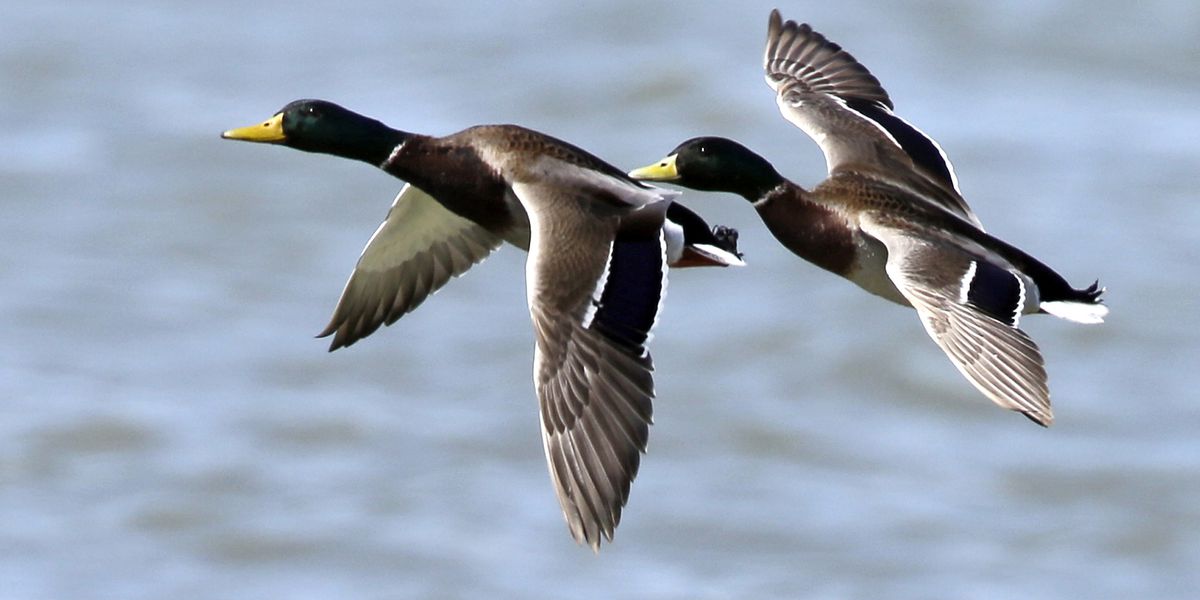
Growing up in the Northwest, I consider myself lucky. I also consider my kids lucky. There are many reasons for this, but the most notable is the abundance of wild birds, particularly waterfowls. Millions of waterfowl and other migrating species grind out a tremendous passage of survival every year using ancient travel routes. These routes are basically split into 4fourdifferent geographical regions: The Pacific Flyway, the Central Flyway, the Mississippi Flyway, and the Atlantic Flyway. Living in the NW puts us right in the heart of the Pacific Flyway. Massive migrations of ducks and geese use our beautiful waterways, wetlands, and farming areas to make their way south to warmer weather. As a young boy, I was fascinated with this quest of tenacity, and I still am today. My kids have shown great interest in it as well. Starting when they were young, I made a point to take them out to farms, ranches, and refuges in order to see these birds in action. Over the years, it has become a way to combine history, science, and education all into one.
Waterfowl identification offers kids a chance to bring the classroom into their world. It gives them a reason to go outside and get involved with nature. Currently, the U.S. recognizes around 41 species of waterfowl as our own. With information at our fingertips, it’s easy to look up pictures for identification and facts for educating kids about waterfowl. A duck is different from a goose. A goose is different from a swan. Teaching my kids about waterfowl has also opened up opportunities for us to get involved in conservation. The conservation of wetlands plays a big role in our quality of life. Wetlands are North America’s greatest ecosystem. They provide the health we need for our environment and our communities. Our wetlands soak up and purify ground water. Wetlands and marshes also reduce soil erosion and moderate flooding. They provide a home and a thriving ecosystem to more than 900 wildlife species. By exposing our kids to waterfowl, they can get a lesson in identification, agronomy, biology, and conservation all in one outdoor experience. It’s hard to find a kid who isn’t interested in wildlife and nature, especially when young. It all starts with catching a worm or a bug. With our help as parents, we can grow that interest into a sustainable education that will impact our future and the generations to come. Kids are the future of all the beauty around us. We have a chance to lead them into a life of education and boots-on-the-ground activities. These experiences motivate kids to do something great for wildlife and our planet.
The next time you’re driving down a country road or taking a walk outside, take the opportunity to point out the waterfowl around you. Show them that line of geese flying overhead or those ducks on the pond. Pull out your phone and allow them to identify the species before them. Is it a mallard? Is it a widgeon? Perhaps a Trumpeter Swan or Canada Goose. Teach them some fun facts about waterfowl and the amazing quest they embark on every year. Being outside and enjoying nature’s beauty is always well spent with kids. Above all else, you are setting the course for our kids to continue the legacy and protect the wonders of waterfowl!
